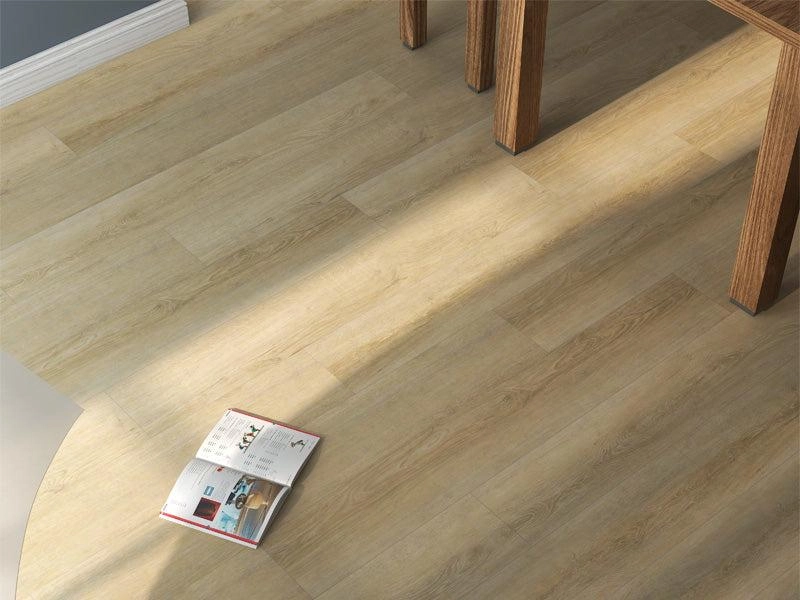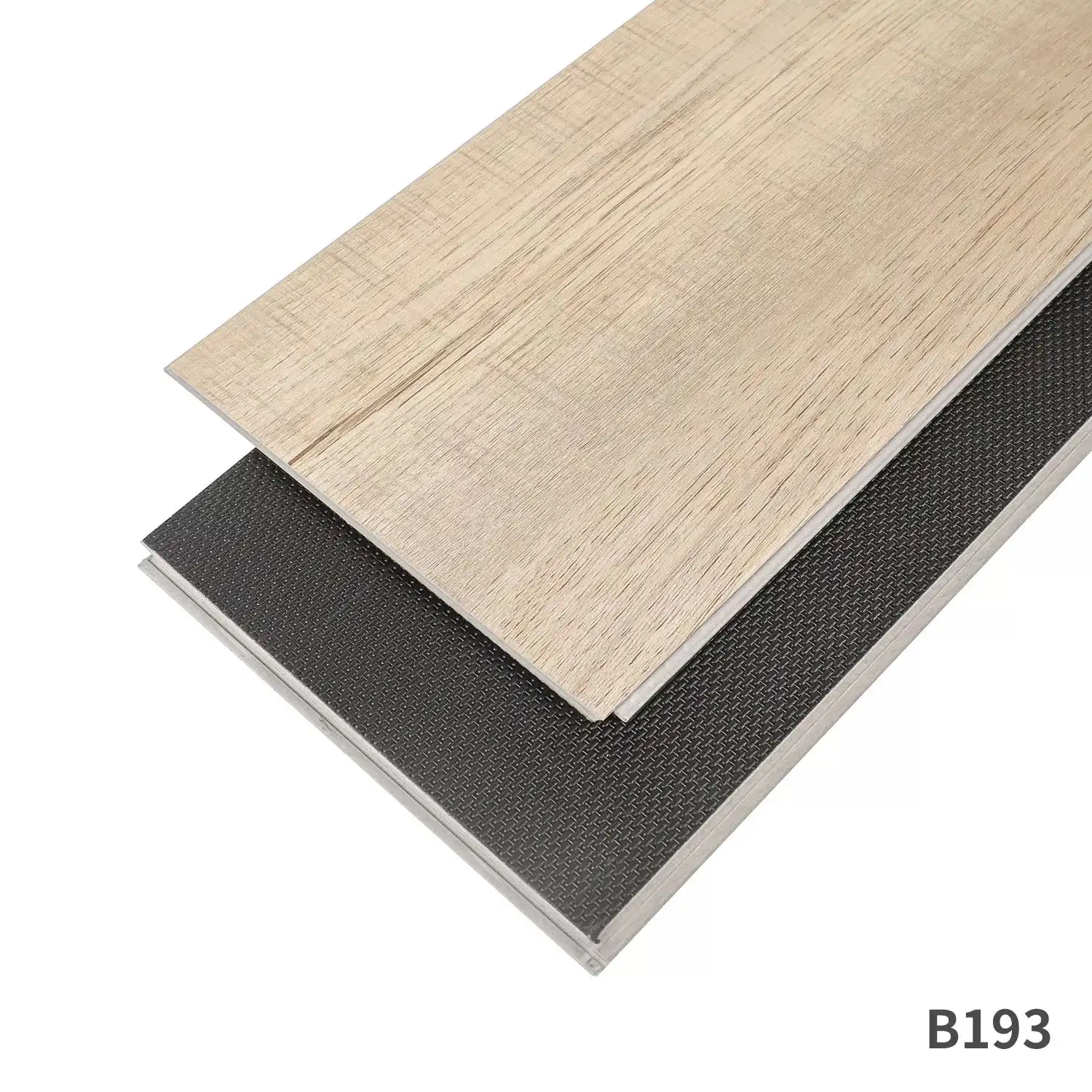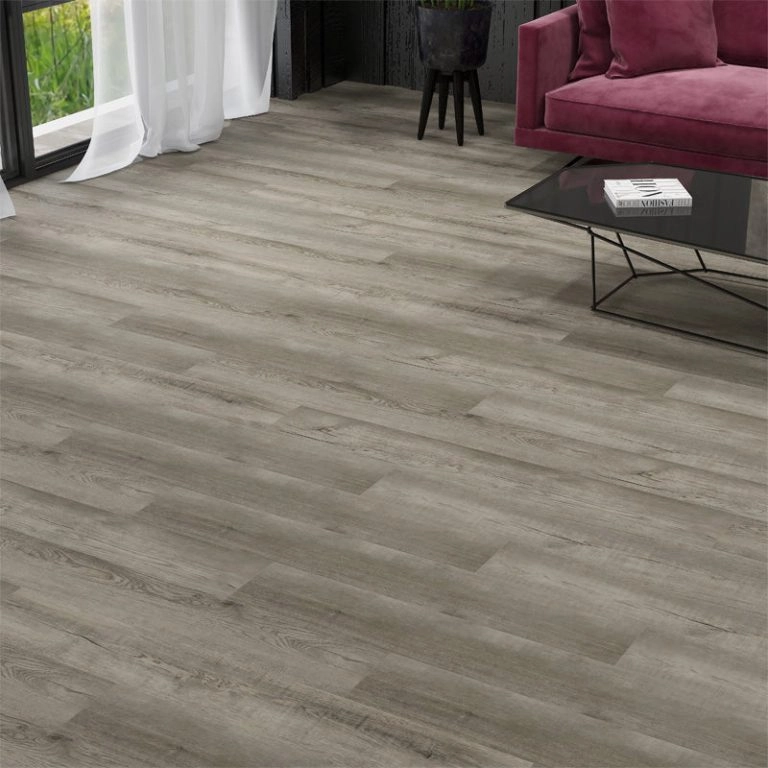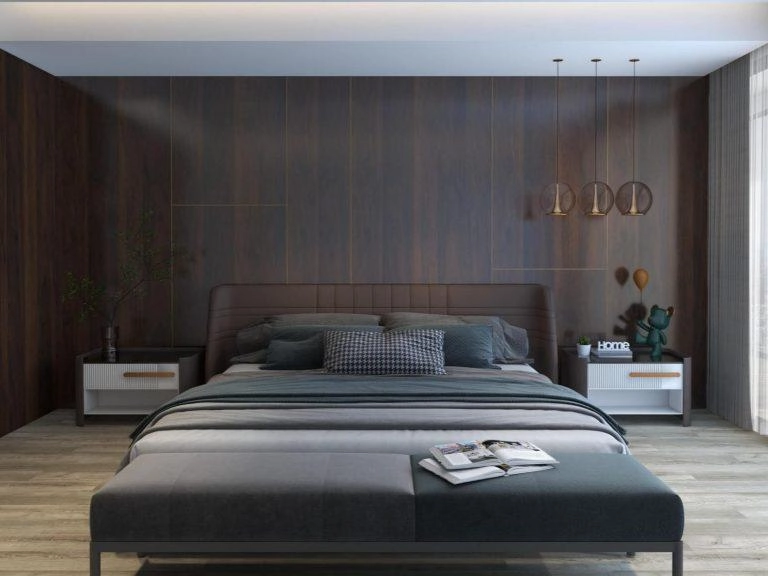When people plan interior upgrades, they often think about color, walls, and furniture. But the real foundation of a comfortable and durable home is the floor beneath your feet.
Vinyl-based flooring is becoming more common worldwide. It balances cost, style, and strength better than many other materials. Whether you’re redoing a small apartment or designing a busy shop, vinyl floors fit many styles and budgets.
Still, all those letters — SPC, WPC, LVP, PVC, and regular vinyl — can be confusing. Each type works differently and fits a different purpose. Let’s look at what really separates them so you can choose wisely.
SPC vs LVP Flooring — What Makes Them Different
Understanding LVP (Luxury Vinyl Plank)
Luxury Vinyl Plank, or LVP, is a soft type of vinyl that looks like wood or stone. Each plank has layers of PVC pressed together with a printed design on top. This printed layer gives it a realistic surface, showing wood grains or stone veins.
LVP is popular in homes because it feels comfortable and costs less. It’s simple to install with click-lock systems. Yet, it needs a flat base to perform well. Uneven floors can cause bending or gaps.
Understanding SPC (Stone Plastic Composite)
SPC means Stone Plastic Composite. It has a strong core made from crushed limestone mixed with PVC resin. The dense center keeps it stable and hard to dent.
SPC flooring doesn’t mind water or humidity. It’s great for kitchens, bathrooms, and public areas. Good SPC brands are tested for low-VOC and no added formaldehyde, which makes them safer for indoor air.
Key Takeaways
- LVP: Soft, inexpensive, easy to install.
- SPC: Firm, heavy-duty, and suitable for rougher subfloors.
Both are waterproof and use a floating system without glue.
SPC vs WPC Flooring — Two Waterproof Choices
What They Share
SPC and WPC both improve on regular vinyl. They are 100% waterproof, click-lock together fast, and work well in kitchens, basements, and bathrooms.
Key Differences
- Core: SPC uses stone powder and plastic. WPC uses foamed wood fiber and plastic.
- Feel: WPC feels softer and warmer. SPC feels firmer and denser.
- Durability: SPC resists dents better.
- Price: SPC is usually cheaper.
- Air Quality: Both can be low-VOC when certified by reliable labs.
Where to Use
- SPC: Offices, shops, and busy homes with pets.
- WPC: Living spaces where warmth and sound control matter more.
SPC vs PVC Flooring — Locking vs Adhesive Styles
Structure and Installation
SPC floors use a click-lock joint, no nails or glue needed. They can go over floors that aren’t perfectly level, as long as the unevenness is small.
PVC, or sheet vinyl, often comes with sticky backing. It’s cheap and fast to apply but not as firm as SPC.
Comfort and Safety
PVC feels softer but may release smells if made with poor-quality glue. SPC, pressed without glue, is cleaner and more stable. Many SPC floors are formaldehyde-free and safe for homes and offices.
Verdict
- SPC: Long-lasting and simple to care for.
- PVC: Best for short-term projects or low-traffic spaces.
SPC vs Laminate Flooring — Comparing Core Strength
Material and Structure
Laminate floors have an HDF (High-Density Fiberboard) core covered by a hard film. They handle splashes but not standing water.
SPC has several layers — a UV coat, wear layer, decorative film, rigid core, and an EVA or IXPE pad for quiet walking. It’s fully waterproof and very stable.
Cost and Lifespan
Laminate costs around $1–5 per sq.ft. SPC ranges from $0.5–8 depending on quality.
SPC lasts longer and doesn’t need much upkeep.
Installation
Both float on the subfloor with click-lock systems. Laminate is a bit easier to cut. SPC handles moisture and small uneven spots better.
SPC vs LVT / Vinyl — A Step in Technology
Build and Thickness
LVT (Luxury Vinyl Tile) is softer and thinner, usually 2–4 mm.
SPC is thicker, around 4–6 mm, with a stone-plastic core that makes it harder and stronger.
Durability and Style
Both look realistic thanks to high-definition prints. SPC resists dents and pressure better. LVT can bend or mark if heavy furniture sits on it.
Installation
SPC uses a simple floating method. LVT often needs glue or professional tools.
SPC vs Engineered Hardwood — Natural Look vs Practical Power
Structure
Engineered wood has real wood on top and plywood layers below.
SPC with ODM/OEM service is fully man-made with UV coating, film, rigid core, and a soft pad underneath.
Appearance and Use
Wood floors have natural beauty but can scratch and swell when wet. SPC copies the same look using digital prints, yet it’s scratch-proof and water-safe.
Who Should Choose Which
Pick engineered wood for luxury spaces where real texture matters.
Pick SPC for places that need durability and easy care.
Why SPC Flooring Is Leading the Market
SPC flooring service stands out because it performs well almost everywhere.
It’s completely waterproof, stable under heat or moisture, and doesn’t need much care. You only need to sweep or mop occasionally.
It resists dents, scratches, and stains, lasting 15–25 years on average. Many lines are eco-certified and safe for indoor use.
With modern printing, SPC now copies wood, stone, or marble at a fraction of the cost.
If you value both strength and design, SPC flooring from Latitude is a smart investment that truly lasts.
Explore OEM SPC flooring solutions or reach out for free samples and details.
FAQs
Q: Is SPC better than LVP or WPC?
A: SPC is harder and denser, good for heavy use. LVP and WPC are softer and more comfortable.
Q: Can SPC go over uneven floors?
A: Yes, minor uneven areas are fine, but fix large dips first.
Q: Does SPC contain harmful chemicals?
A: High-grade SPC floors are low-VOC and formaldehyde-free. Check for third-party labels.
Q: Is SPC safe for underfloor heating?
A: Yes, most types can handle surface heat up to about 27 °C.
Q: How long does SPC last?
A: Usually 15–25 years, depending on wear layer and how well it’s cared for.






